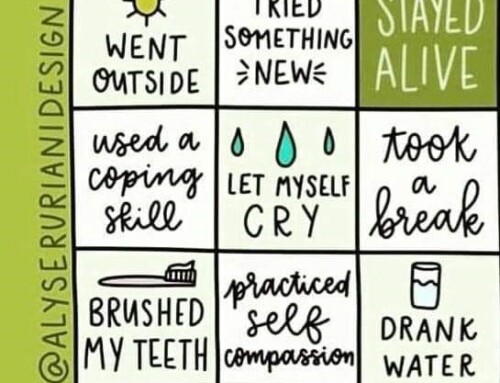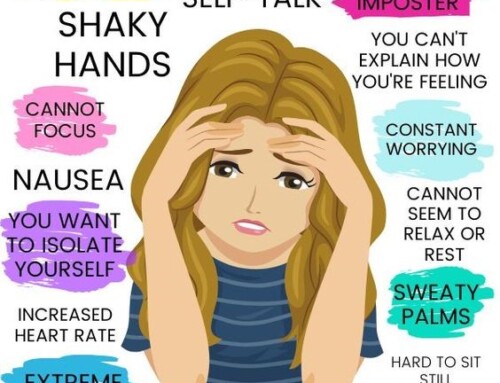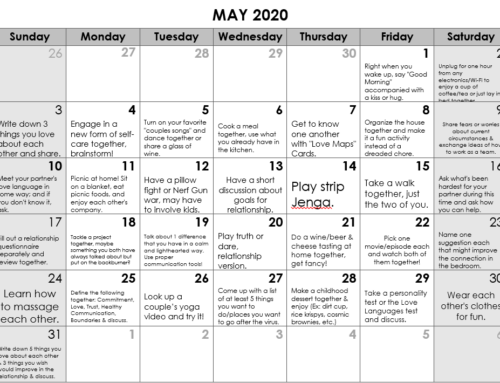Physical Distancing Must Not Result In Emotional Distancing, by Calleen A. Morris, LMFT
The term “Social Distancing” has been heard all too often in the first months of the year 2020. No one will be surprised when these are published as the “words of the year,” or if the ominous sight of the round image with the red spikes is not named the worst enemy of the decade and our healthcare heroes will continue to appear in social media and magazine covers.
What is Social Distancing? We have come to learn that it means that our world has changed and that subtly, what is “good for us”, (staying apart to help one another) threatens what is essential to us: It has attempted to take people from people. We participate in few things in the way we used to. So much has changed. The ways we used to; shop, attend athletic events, worship, learn in public school, date, de-stress and cope, work, and even exercise have required adjustments. What has not changed, and probably increased is our need to be part of humanity…. together. To continue to interact, love, care, serve, worship, and laugh together. We are hard-wired for connection! We come into the world this way.
Physical distancing must not become social and emotional distancing!
This “Shake up” feels as though something, or someone, (that invisible enemy, or our responses to it), has put the contents of our “normal lives” (which for some were already challenging enough) in a large brown paper bag, shaken it up and then poured them all out in front of us, as if to say “Now there. You figure out how to reorganize this mess.” On every level, business, religious, governmental, community neighborhoods, and in our homes, we have been trying to survive, regroup, and support. As we are succeeding in the short term to adapt “one day at a time”, it can be difficult to look forward to what our lives and relationships will look like in the days, weeks, and years ahead.
We are creatures to are wired for connection! We need one another. It is imperative that physical distancing must not become social and emotional distancing. As humans, we know that we are resilient, history tells us so. And as a result, we have moments and burst of great optimism and we can almost feel that things “will be normal again”. We have always jumped into action. We take action!
What can we do?
What can we do when we feel our ability to act has been stifled? What can we do to stay emotionally connected? Better yet, how can we become better and create a stronger emotional bond with those we love, those we care about, and perhaps even those we do not know so well. Typically, small, and simple steps can result in more meaningful change than we expect.
Theories suggest that change and connection are highly correlated with “the little things”. In the book “The Relationship Cure”, Dr. John Gottman, explains how research shows that it is the small acts of connection, attempts for connection and our responses to them that build stronger emotional bonds. Dr. Sue Johnson shows that our most innate desire for connection, and how we can soothe the threatened brain and build stronger attachment bonds. (Love Sense, 2014). Connecting, and soothing through contact, touch and closeness is a significant challenge today.
Conduct a Connecting Experiment
Something small and significant we can do: Conduct an experiment in the coming weeks and see what the result may be for you, and others. Reach out and learn something new about someone you have known a long time, or someone you would like to know better. You can use questions from your own curiosity, or start with the questions below. They also must be willing to want to interact, no forcing ourselves on anyone here!
Many people have already adapted their communication to a tablet or computer. You may want to use the old-fashioned “talk over the fence” approach or sit across from one another in a parking lot, or through email or letter writing….and communicate. (As a couples therapist, I would recommend that if you are in a relationship, that your partner is comfortable with those you are reaching out to!)
Here are some questions to help prompt you in this experiment:
• Have you ever had an experience like this before?
• What ways have you learned to do things differently?
• Is it important for you to talk and see others? Are you okay with ‘down time’?
• Where did you grow up? What were some of the things you would do if you were not able to go out when you were younger?
• Tell me about your upbringing, what was your family like?
• What do you like most about the world “slowing down”?
• Tell me about what you miss, and do not miss.
• What are somethings that you have become more grateful for?
• What are somethings that you did not have time for before, that you might be able to do now?
• If you could do something for someone else today, what would it be?
• What helps you right now? What do you need?
• Have you suddenly become aware of things you have not done or thought about in a while? What are they?
• If you have the choice, how will you change anything moving forward? What parts of this ‘staying in place’ experience will you keep?
Lastly, reflect on your own experiences and what you would share with someone else about your life. How would you answer the above questions for yourself?
Calleen is a Licensed Marriage & Family Therapist, and owner of Gateway Marriage and Family Therapy




